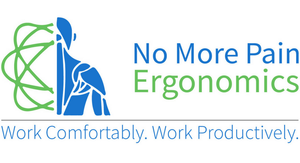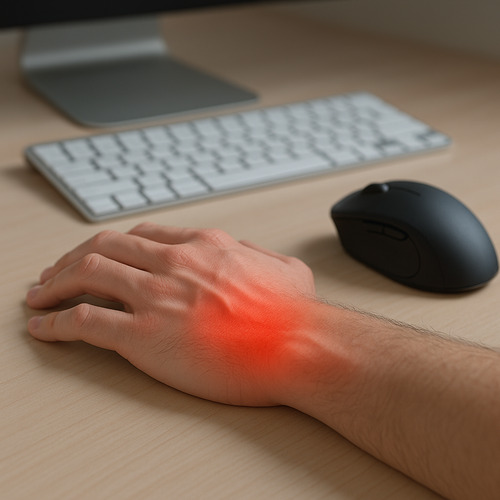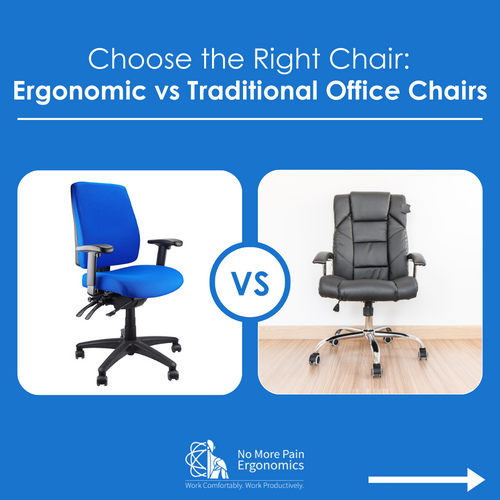Rewind 10 years ago and very little was known about the health benefits of standing desks. More recently research on the topic of standing desks has allowed for science to expose just how good standing at work can be for our health. As an avid “evidence based practice” health professional, we’ve taken the time to review some of the best research available on standing desks and present it in an easy to understand article.
DOWNLOAD THIS ARTICLE AS A PDF
It only takes common sense to know that sitting all day is not great for our health. But if sitting all day is bad, then how can standing be any better? It raises the question, is standing really enough or should we be walking on a treadmill as we work at our desk? This concept is best known as an active desk. Recently, researchers in Canada reviewed the top 23 studies on standing desks and treadmill desks in an attempt to better understand the physiological and psychological benefits. The researchers concluded that both standing or active desks significantly improved energy expenditure and mood. They also found that active desks offered more health benefits then standing desks, particularly weight loss and blood cholesterol levels. One of the studies analysed showed that a standing desk can help increase HDL cholesterol levels (i.e. good cholesterol), whilst another study showed that using an active desk such as a treadmill desk, participants achieved significant reductions in both LDL Cholesterol (i.e. bad cholesterol) and total blood cholesterol levels. Similarly, participants who used an active desk over the course of a year lost an average of 1.4 - 3.2kg in weight. Now this may not seem like much, but when you compare it to the average weight gain associated with sitting for 8hrs or more each day (~0.7kg/yr) then the significance of these numbers start to become very clear.
But what about psychological benefits? Well in one of the studies, participants who used a standing desk for seven weeks reported more energy, focus and happiness whilst also reporting a reduction in muscle tension, depression and fatigue. However, when the participants stopped using their standing desks and returned to sitting all day, their mood returned back to baseline levels. To no suprise, there was no significant improvement in productivity with respect to objective data such as key stroke rates or typing error rates.
If you’ve been thinking about making switch to a standing desk or just wondering if it is a fad or not, it’s now pretty obvious that there is ample scientific evidence to supports the case for switching to a standing desk.
References
1) A systematic review of standing and treadmill desks in the workplace. Brittany T. MacEwena, Dany J. MacDonaldb, Jamie F. Burra. Available online: http://www.sciencedirect.com/science/article/pii/S009174351400454X
2) Women’s Weight: Findings from the Australian Longitudinal Study on Women’s Health. Women's Health Australia. Available online: http://www.alswh.org.au/images/content/pdf/major_reports/2007_major_report_b.pdf
3) Reducing Occupational Sitting Time and Improving Worker Health: The Take-a-Stand Project, 2011. Nicolaas P. Pronk, PhD,corresponding author Abigail S. Katz, PhD, Marcia Lowry, MS, and Jane Rodmyre Payfer. Available online: http://www.ncbi.nlm.nih.gov/pmc/articles/PMC3477898/

















← Older Post Newer Post →
0 comments
Get in Touch
Still have a question or simply want to discuss what ergonomic products are best suited? Get in touch, our expert team is available to provide free advice and support.